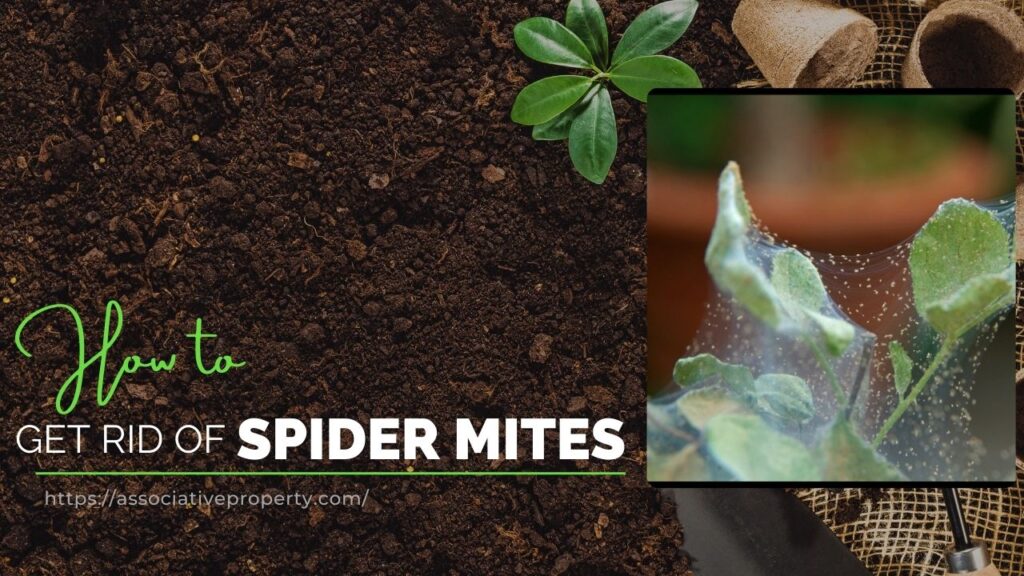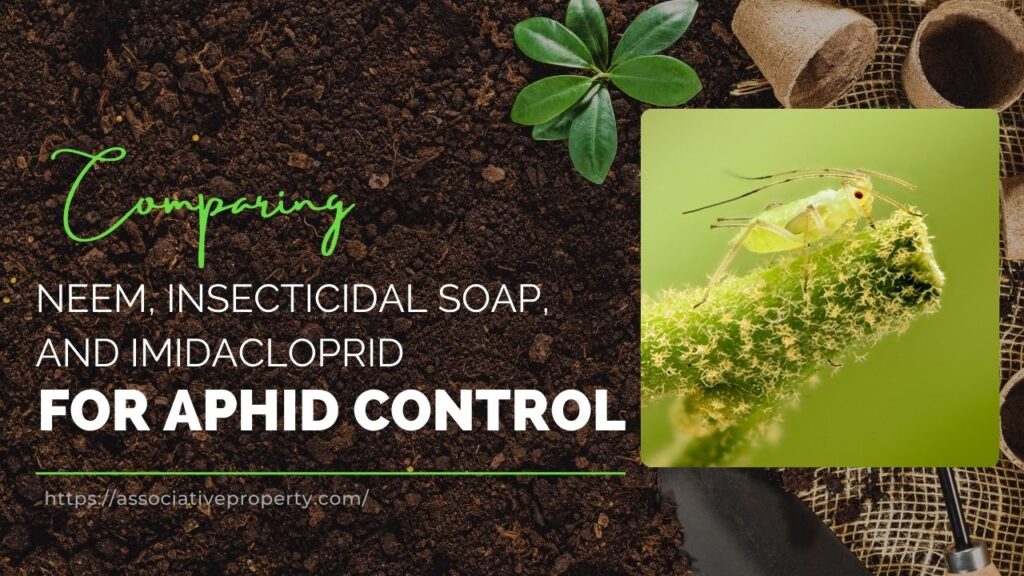Let me share a story about one of the most annoying bugs I’ve ever had to deal with, stink bugs. These small, shield-shaped insects smell really bad if you crush them. They sneak into tiny cracks and holes in your house when it gets cold outside. By the time spring comes, it can feel like your whole home is full of them.
I knew I had to do something fast. Crushing them was not an option, the smell is awful and hard to get rid of. So I started looking for better ways. In this blog, I’ll show you how to kill stink bugs the right way, step by step, without making your house smell worse.
First, Know Your Enemy
The most common stink bug I dealt with was the brown marmorated stink bug.
Here’s how to identify them:
| Feature | Description |
|---|---|
| Size | Up to 17 millimeters |
| Shape | Stout shield-like body |
| Color | Mostly brown with mottled patterns |
| Other Variants | Some are green or red, but all have the same shield shape |
Warning: Never crush a stink bug. That’s how they release their putrid odor. I learned that the hard way.
Summary: Stink Bug Control Solutions
| Product | Type | Active Ingredient(s) | Residual Effectiveness | Application Rate | Coverage per Gallon | Key Use Areas |
|---|---|---|---|---|---|---|
| Reclaim IT | Liquid Insecticide | Bifenthrin 7.9% | Up to 90 days | 1 oz per gallon of water | ~1,000 sq. ft. | Exterior perimeter, entry points, eaves |
| Pyrid Aerosol | Aerosol Insecticide | Pyrethrins 0.50%, PBO 4.00% | No residual | Spray directly in sweeping motion | Spot/target use | Window edges, cracks, crevices, baseboards |
| Defense Dust | Insecticidal Dust | Deltamethrin 0.05% | Up to 8 months | Puff into tight, undisturbed areas | Variable | Behind outlets, attics, wall voids, appliances |
Additional Stats & Prevention Tips
| Area | Recommendation | Estimated Time Between Applications |
|---|---|---|
| Reclaim IT (outdoor) | Reapply for continued barrier protection | Every 90 days |
| Entry Point Sealing | Use copper mesh + caulk | Inspect every 6 months |
| Vegetation Trimming | Keep 12–18 inches clearance from house | Quarterly |
| Indoor Dusting | Apply only where dust won’t be disturbed | Reapply every 6–8 months |
Step 1: Inspection – Find Where They’re Hiding
I began with a thorough inspection around my house, outside and inside. Here’s what I looked for:
Outdoors:
- Vents and chimneys
- Wall cracks and crevices
- Gaps around door seals and window frames
- Utility line openings
- Foundation cracks
- Damaged or missing screens
Indoors:
- Behind and under heat-generating appliances
- Under sinks and around plumbing
- Behind electrical plates
- Inside cabinets and cupboards
- Less-used areas like the attic or basement
Basically, I searched every warm, hidden spot where stink bugs might camp out.
Step 2: Outdoor Treatment with Reclaim IT
After inspection, I put on my personal protective equipment (PPE) and got to work with Reclaim IT—a liquid insecticide that repels over 70 different pests.
Why I Chose Reclaim IT:
- It provides up to 90 days of residual control
- Easy to mix and apply
Here’s how I did it:
- Mixed 1 oz of Reclaim IT with 1 gallon of water using a pump sprayer.
- Shook it well.
- Sprayed a 3-foot band up the exterior wall and 3 feet out onto the ground.
- Focused on these key areas:
- Around windows and doors
- Eaves, air vents, garage doors
- Plumbing openings, basement vents
- Light fixtures and any gaps I had found during inspection
Step 3: Indoor Knockdown with Pyrid Aerosol
Once the outside was covered, I moved inside with Pyrid, a fast-acting aerosol that’s great for flushing out stink bugs. It doesn’t leave residue, so it’s best for immediate knockdown.
Here’s how I used it:
- For wide areas like windows, I:
- Used the white applicator
- Shook the can well
- Sprayed in sweeping motions
- For tight spots and crevices, I:
- Swapped in the red applicator tip
- Shook the can
- Inserted the straw into cracks
- Sprayed while moving the applicator along the entire crevice
Important: I kept pets and family away until the spray dried and the vapors cleared.
Step 4: Long-Term Protection with Defense Dust
To finish the job, I used Defense Dust—a ready-to-use insecticidal dust that lasts up to eight months if left undisturbed.
Where I applied it:
- Under appliances
- Behind baseboards
- Inside wall voids
- Behind electrical outlets
- In the attic
I used a handheld duster to puff it into all those tight, hidden areas.
Bonus Step: Prevention Is Key
Getting rid of stink bugs once isn’t enough—you need to stop them from coming back. Here’s how I sealed up my home:
I did the following:
- Closed entry points with copper mesh and caulk
- Repaired damaged screens and door seals
- Trimmed overgrown plants and overhanging tree branches
- Re-applied Reclaim IT every 90 days
Final Thoughts
Stink bugs were a serious problem for me, but using the right professional products and a bit of elbow grease, I took control.
| Product | Purpose |
|---|---|
| Reclaim IT | Outdoor perimeter treatment (lasts 90 days) |
| Pyrid | Indoor knockdown with fast results |
| Defense Dust | Long-lasting protection in hidden areas |
You can do it too. Don’t let stink bugs take over your home, just follow these steps and you’ll see the difference.
If you want the same professional products I used, check out the links in the video description.
FAQs: How To Kill Stink Bugs?
1. Why do stink bugs come inside my house in the first place?
Stink bugs don’t like the cold. When the weather starts getting cooler—usually in late summer or early fall—they look for warm places to hide. Your home is perfect for them because it has heat, cracks to crawl through, and quiet spots to settle in until spring.
2. Are stink bugs harmful to humans or pets?
No, stink bugs don’t bite or sting. They don’t carry diseases either. But they do smell really bad if you crush them. Also, pets like cats and dogs might try to eat them, which can cause mild stomach upset.
3. Can stink bugs damage my plants or garden?
Yes. Stink bugs are garden pests. They suck the juices out of fruits, vegetables, and leaves. If you grow tomatoes, peppers, corn, or apples, stink bugs can ruin your crops by leaving behind brown spots and scars.
4. Will stink bugs go away on their own after winter?
Some might leave when it gets warmer, but many will stay hidden inside your walls, attic, or basement. They might come out in spring and fly around your house. That’s why it’s better to deal with them early instead of waiting.
5. Is it safe to vacuum stink bugs?
Yes, but only if you use a vacuum with a bag. After vacuuming them up, throw the bag away immediately—outside. If not, your vacuum could start to smell bad from the stink bug odor trapped inside.
6. What smells or substances do stink bugs hate?
Stink bugs dislike strong smells like:
- Garlic spray
- Peppermint oil
- Neem oil
- Diatomaceous earth (for dusting near entry points)
7. Can weather changes affect how many stink bugs I get?
Absolutely. Warmer winters and wet summers can lead to more stink bugs. These conditions help them breed and find food more easily. So if the weather has been mild, it’s a good idea to check your home more carefully that season.
8. Are all shield-shaped bugs stink bugs?
No. Some bugs like leaf-footed bugs and assassin bugs also have a similar shield shape. But only stink bugs release that foul odor when threatened or squished. If you’re not sure, you can compare them using an online guide or ask a pest expert.
9. Can I make my own stink bug trap at home?
Yes! A simple DIY trap includes:
- A pan of soapy water
- A desk lamp or flashlight
10. What’s the best time of year to treat for stink bugs?
Start in late summer to early fall, before they begin to look for places to hide indoors. Treating early with products like Reclaim IT gives you a protective barrier that keeps them out before they become a bigger problem.
Related: How to kill cabbage worm?


